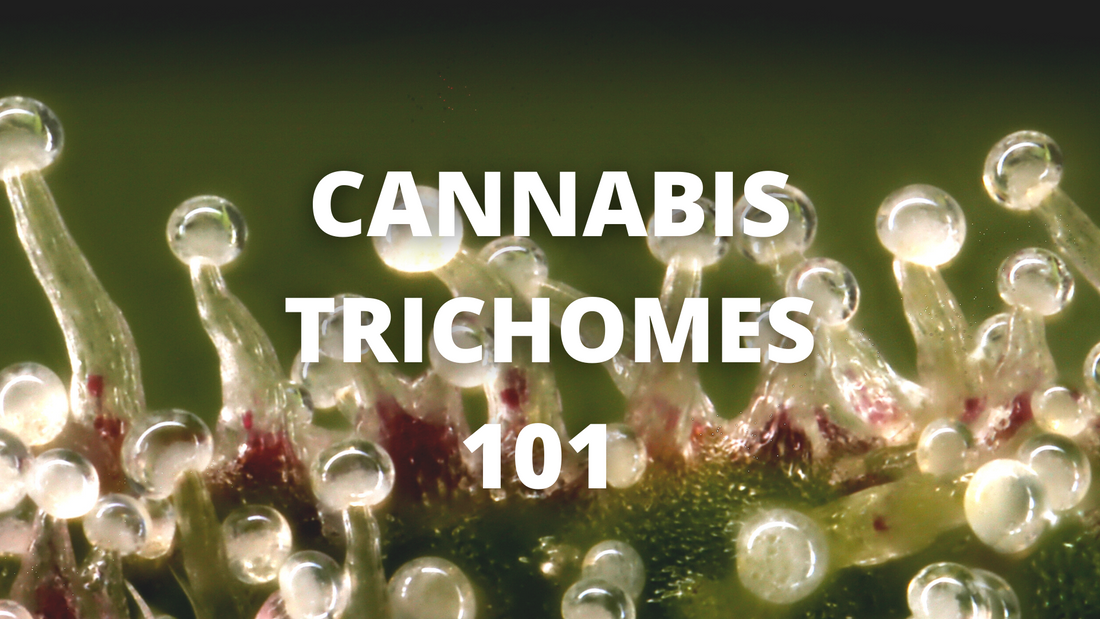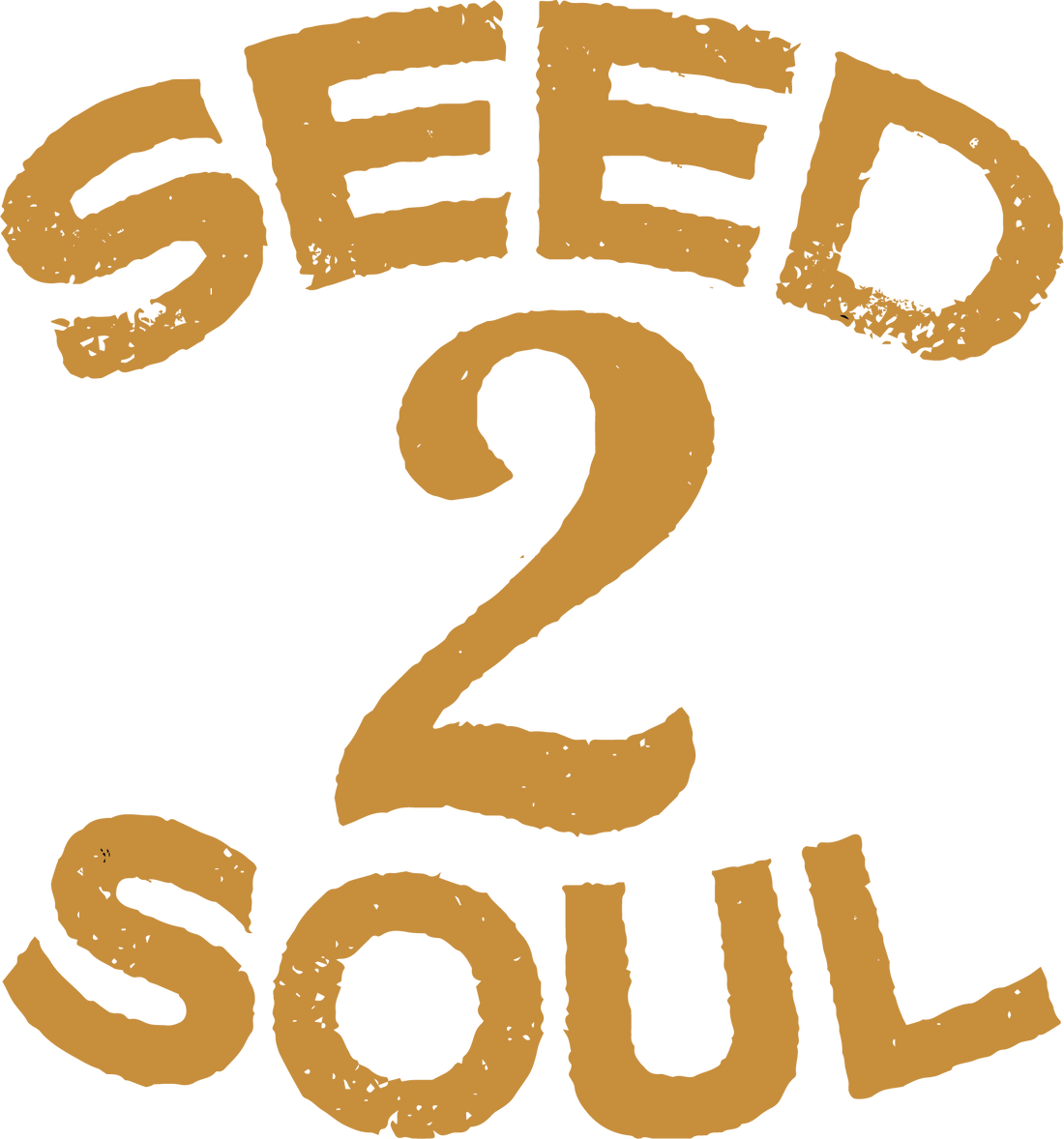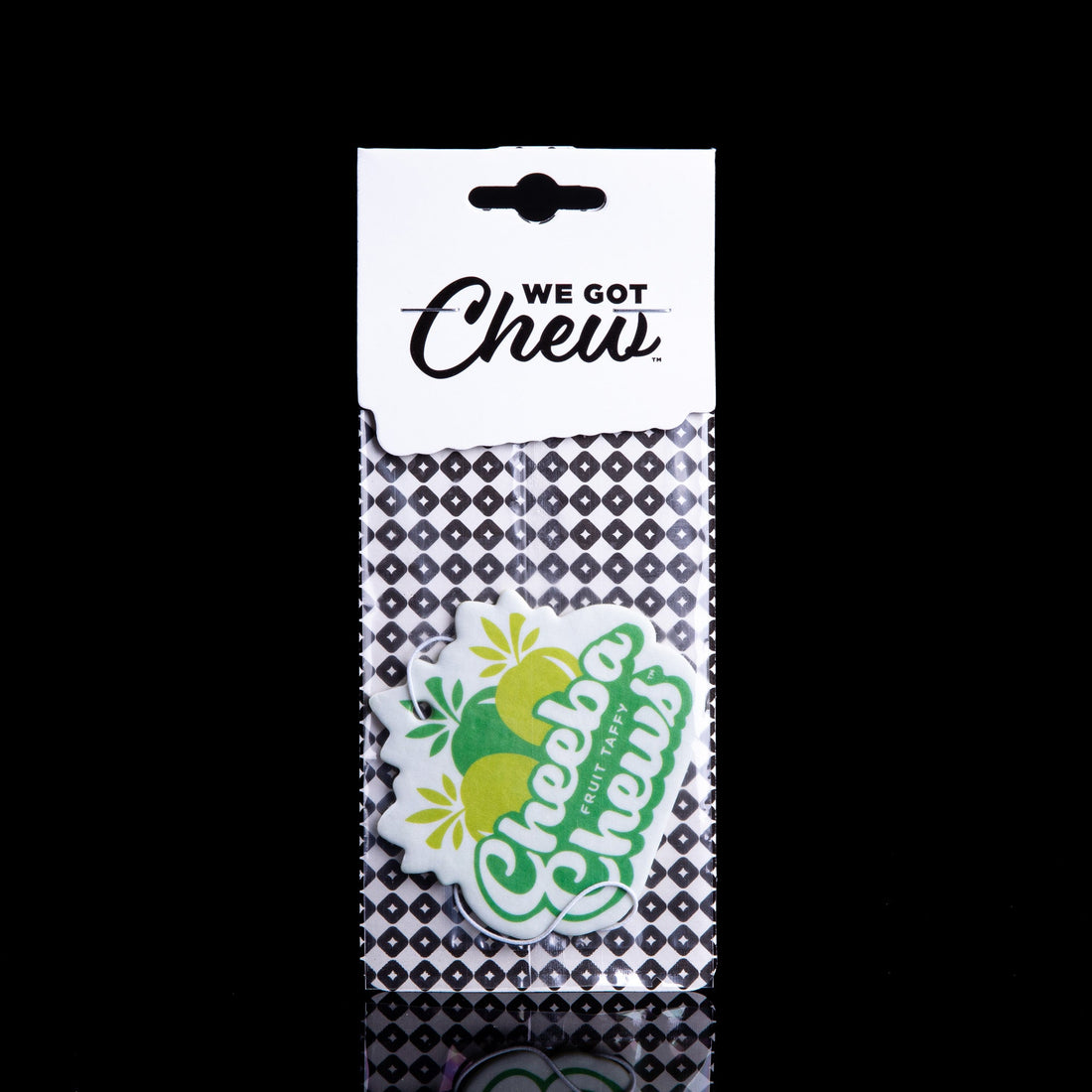
News
Cannabis Trichomes May Be Tiny But They Leave a Huge Impression
Cannabis Trichomes May Be Tiny But They Leave a Huge Impression
Sometimes in life, it’s the little things that count. Few examples illustrate this as beautifully as cannabis trichomes. You’ve probably heard of them, you’ve probably seen hyper magnified photos of them plastered over cannaisseur subreddits and High Times articles, and you’ve probably even taken a close look at a nug of premium bud to appreciate trichomes as well as you can with the naked eye. But simply eyeballing the trichomes on weed won’t reveal the full majesty of these tiny natural resin glands that so strongly contribute to the cerebral impact of cannabis. Let’s run through a quick overview of cannabis trichomes before doing a deeper dive into the different types of trichomes you can expect to find in that top shelf green.
The Benefits of Trichomes (for Plants and Humans)
Trichomes in cannabis plants function primarily as a line of defense, secreting oils that keep pests at bay while creating a shield against atmospheric extremes and fungal infections. They can even protect a plant from sun damage! But if your interest in cannabis extends beyond cultivation, you’ll be interested to know that trichomes are largely responsible for the plant’s distinctive psychoactive effects. Because of this, the phases of trichome maturity are often the primary indicator in determining a plant’s harvest time.
Scrutinizing Cannabis Trichomes
There are regular cannabis users who have likely never taken the time to notice the frosty dusting of micro resin bulbs saturating the surface of their bud and even fewer who have the equipment necessary to really get a good look at trichomes in all their otherworldly glory. Some trichomes, while still being quite tiny, can be admired without any special equipment. Others require a jeweler's loupe to get a defined look. But to really see a crystal clear image of the diminutive trichomes that populate your bud, you’ll need more powerful equipment like a microscope. At least this is the case with glandular trichomes, but now we’re getting ahead of ourselves. Let’s take a moment to look at the different types of cannabis trichomes.
The Two Primary Types of Cannabis Trichomes
One person may tell you that you’ll find two types of trichomes on weed while the next may tell you three. Actually, they’re both correct without giving you the full story. First, let’s go with the idea that there are two types of trichomes found in the cannabis plant. In this case, glandular and non-glandular trichomes are being referenced. Each of these trichomes has specific responsibilities that they maintain for their cannabis plant.
Non-Glandular Trichomes
Serving as the first line of defense for your plant, non-glandular trichomes not only fend off hungry insects and pests, damaging ultraviolet sun rays, and infectious mold, but also help your cannabis to preserve its hydration. You’re most likely to find non-glandular trichomes on cannabis leaves and stems, though they do make it to the buds to some degree. Their size and composition can classify them as unicellular, multicellular and even larger cystolythic trichomes, but this isn’t likely the “three” trichomes so popularly referenced. We’ll get to those in a second.
Glandular Trichomes
Most cannabis enthusiasts outside of the cultivation field are far more interested in glandular trichomes. As the manufacturing and storage centers for the plant’s resin, glandular trichomes are responsible for the terpene profiles of a cultivar as well as the cannabinoids that give the plant its wealth of purported health benefits and its psychoactive effects. You’ll never find unicellular glandular trichomes which shouldn’t be too surprising given their complex attributes. You’ll also only find them growing on female cannabis plants. Glandular trichomes can be further classified into three categories where the idea that there are three types of trichomes originates. If someone tells you there are three kinds of cannabis trichomes, they’re almost certainly talking about the three categories of glandular trichomes. Let’s take a closer look at them.
- Bulbous Trichomes: Despite populating the veneer of your plant, bulbous trichomes are likely too small for you to have seen with the naked eye. You won’t find any cannabinoids or terps in these triangular shaped trichomes but, though they are the tiniest of the three, they are vital in the process of resin secretion.
- Capitate-Sessile Trichomes: Slightly larger than the bulbous varieties, capitate-sessile trichomes appear prior to the flowering stage. Featuring a flatter shape, these trichomes offer a modest amount of cannabinoids when compared to the third trichome variety.
- Capitate-Stalked Trichomes: This brings us to the capitate-stalked trichomes, the largest of the glandular type and also the one noted for its high saturation of cannabinoids, terpenes and oils. It’s little wonder that these trichomes are the ones responsible for the creation of cannabinoids and terpenes. When you speak about trichomes with someone outside of the cultivation fields, they are almost certainly talking about capitate-stalked trichomes.
How Trichomes Help to Indicate Harvest Time
Cannabis trichomes grow and develop with the plant and are actually an important indicator of the prime harvest time. More specifically, you’ll be looking for the coloration of the spherical heads atop the capitate-stalked glandular trichomes as your indicator. As the cannabis trichomes produce resin rich in THC, these orb-like heads will have a clear appearance. However, as the plant matures, the trichomes begin to degrade resulting in the resin taking on an amber hue. Here’s where the cultivator’s balancing act comes into play. Harvesting while the trichomes are all still clear risks stunting the full blooming of the THC while allowing too many trichomes to darken into amber coloration risks the bounty of THC being handicapped by degradation. Therefore, the first signs of amber trichome coloration are recommended as the perfect time for harvesting since THC production has achieved its zenith and degradation hasn’t had time to noticeably compromise the flower.
Cannabis trichomes may be so small that they've escaped your notice, but we definitely think you’d miss them if they weren’t there… especially those capitate-stalked trichomes, right? At Seed 2 Soul, we’re forever grateful to trichomes, not just for what they do for us but also what they do for our favorite plant.






